The Mausoleum of the First Qin Emperor: A Magnificent Legacy of the Chinese Empire
The Mausoleum of the First Qin Emperor is one of the most famous imperial tombs of ancient China, located at the northern foot of Mount Li in Lintong District, Xi'an, Shaanxi Province. As the resting place of Qin Shi Huang, the first emperor in Chinese history, this mausoleum is renowned worldwide for its grand scale and complex design, marking a significant project in the archaeological history of China and the world. This article will provide a detailed introduction to the historical background, architectural structure, archaeological discoveries, and cultural significance of the Mausoleum of the First Qin Emperor.
Historical Background
Qin Shi Huang (259 BC – 210 BC), born Ying Zheng, was from the state of Qin during the Warring States period. As the first emperor to unify the six states in Chinese history, he established the Chinese Empire, ending centuries of division and warfare. After ascending the throne, Qin Shi Huang implemented a series of important political, economic, and cultural reforms, such as standardizing weights and measures, currency, and writing, and constructing the Great Wall and transportation roads. His reforms laid the foundation for China's feudal system for over two thousand years, and his centralized governance model was adopted by later generations, having a profound impact on Chinese history. Qin Shi Huang is hailed as one of the most influential politicians in ancient China for his visionary reforms.
The construction of the Mausoleum of the First Qin Emperor began at the start of his reign and, according to the "Records of the Grand Historian," took nearly forty years to complete, involving hundreds of thousands of laborers. This mausoleum is not only a symbol of Qin Shi Huang's power and status during his lifetime but also a reflection of his grand vision for the afterlife.
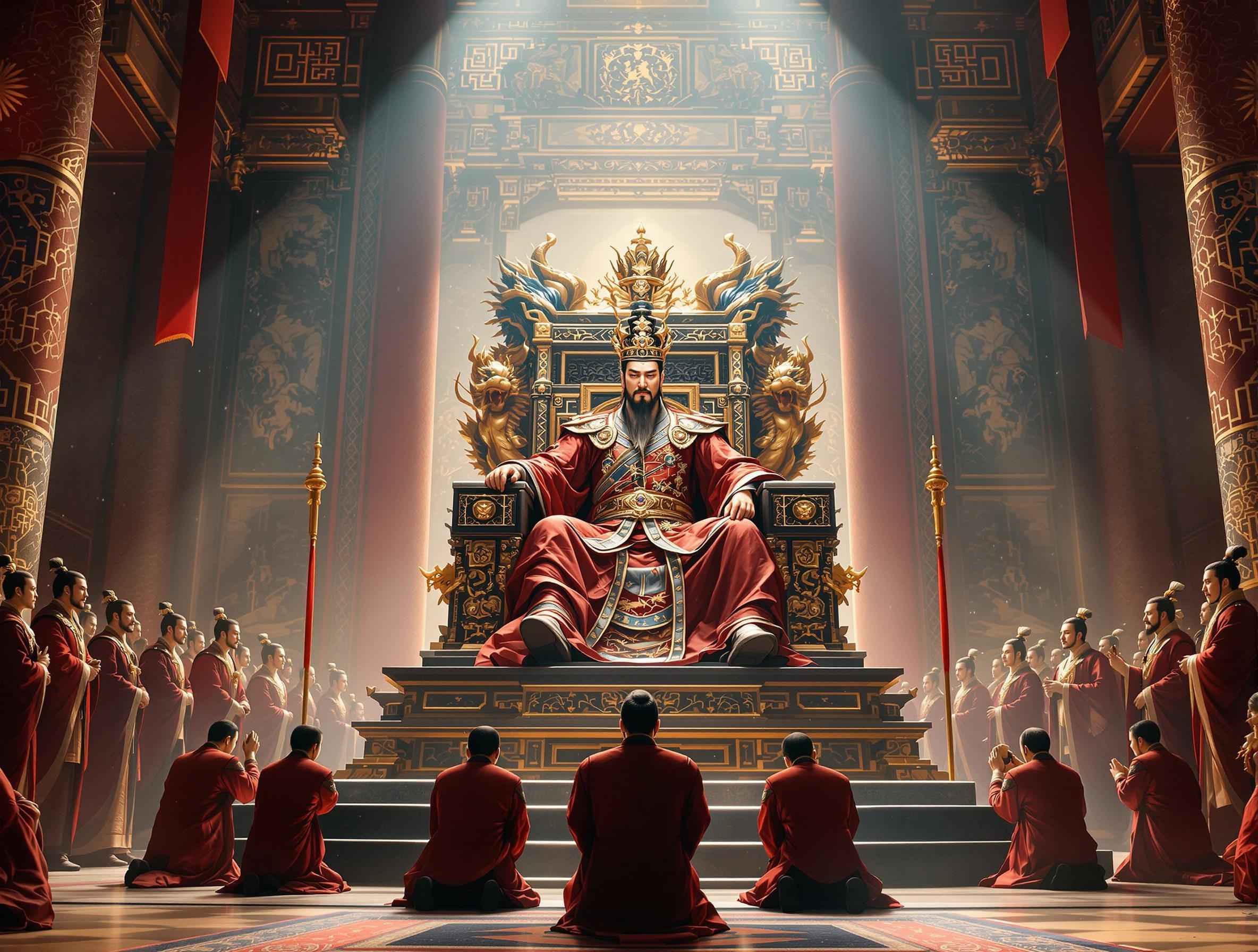
Mausoleum Structure
Main Tomb The main part of the Mausoleum of the First Qin Emperor has not been fully excavated, but according to historical records and archaeological surveys, the tomb mimics the layout of Qin Shi Huang's palace during his lifetime. The main tomb is located at the foot of Mount Li, resembling a pyramid, and may contain complex mechanisms and treasures inside. According to the "Records of the Grand Historian," the tomb is said to have "rivers and seas made of mercury, with mechanisms to flow them, with the heavens above and the earth below," indicating an extremely intricate design intended to recreate the emperor's world during his lifetime.
Terracotta Army Pits
The Terracotta Army Pits are among the most famous burial pits of the Mausoleum of the First Qin Emperor, located about 1.5 kilometers east of the main tomb. In 1974, local farmers accidentally discovered the Terracotta Army Pits while drilling a well, unveiling the mystery of the ancient underground army. The Terracotta Army Pits consist of three main pits and an exhibition hall, displaying about 8,000 life-sized terracotta soldiers and horses arranged in battle formation, including infantry, cavalry, archers, and chariots. These terracotta figures are lifelike, with varied facial expressions, showcasing the superb craftsmanship of ancient artisans.
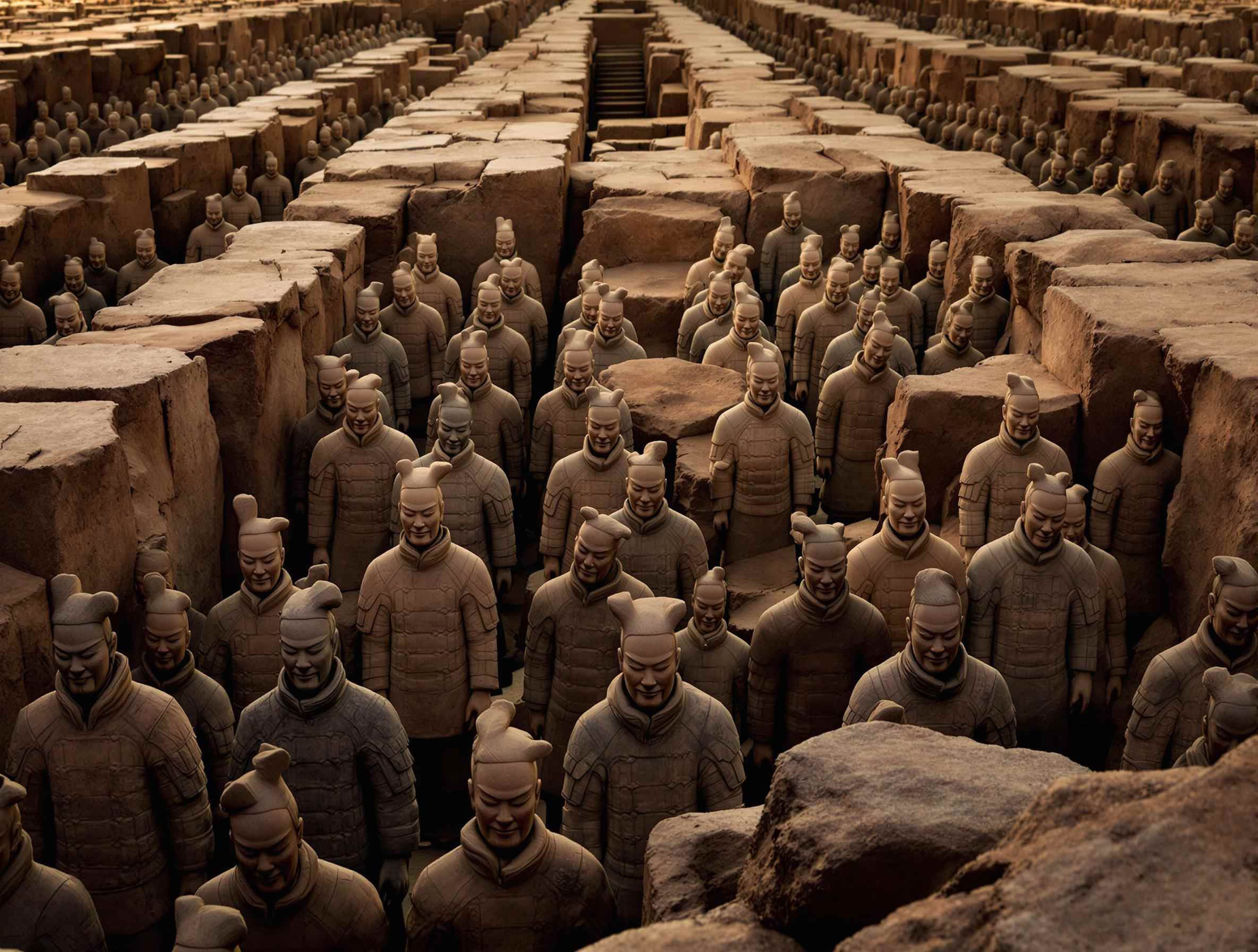
Other Burial Pits
In addition to the Terracotta Army, there are many other burial pits around the Mausoleum of the First Qin Emperor, containing bronze chariots and horses, precious artifacts, and various burial items. The Bronze Chariot Pit discovered in 1978 unearthed two large bronze chariots, known for their exquisite design and complex craftsmanship. Furthermore, archaeologists have found a large number of bronze weapons, musical instruments, and daily utensils in other burial pits, providing important material evidence for studying the social life and culture of the Qin dynasty.
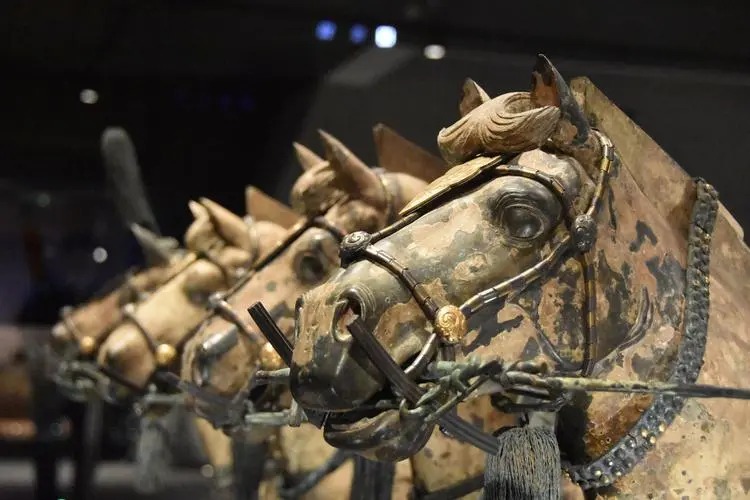
Archaeological Discoveries
Since the 1970s, significant progress has been made in the archaeological work of the Mausoleum of the First Qin Emperor. The discovery of the Terracotta Army was a major breakthrough in the field of archaeology, attracting global attention. Although the main tomb has not been fully excavated, the unearthed artifacts and relics have revealed rich historical details, playing a crucial role in studying the culture, military system, and social structure of the Qin dynasty.
Archaeologists, through exploration and research of the site, have speculated on the possible structures and layout within the main tomb. In recent years, advancements in archaeological technology have provided new methods for further excavation and preservation of the mausoleum, such as using remote sensing technology and geological survey instruments for non-destructive testing to help detect underground structures.
Culture and Influence
The Mausoleum of the First Qin Emperor is not only a magnificent historical building but also a symbol of ancient Chinese culture and craftsmanship. As a World Heritage Site, the mausoleum showcases the spirit of craftsmanship and artistic achievements of ancient China, reflecting the political, military, and social structure of the time. The Terracotta Army, as one of the representative works of the mausoleum, has amazed the world with its scale and artistry, becoming a valuable resource for studying ancient Chinese military and sculptural art.
The discovery and research of the Mausoleum of the First Qin Emperor provide us with a window into the glorious achievements of the Qin dynasty. It not only demonstrates the outstanding level of ancient Chinese architecture, art, and technology but also allows us to glimpse the political and cultural atmosphere of the time. For historians in China and around the world, the Mausoleum of the First Qin Emperor is an indispensable research subject, continuously inspiring academic interest and discussion.
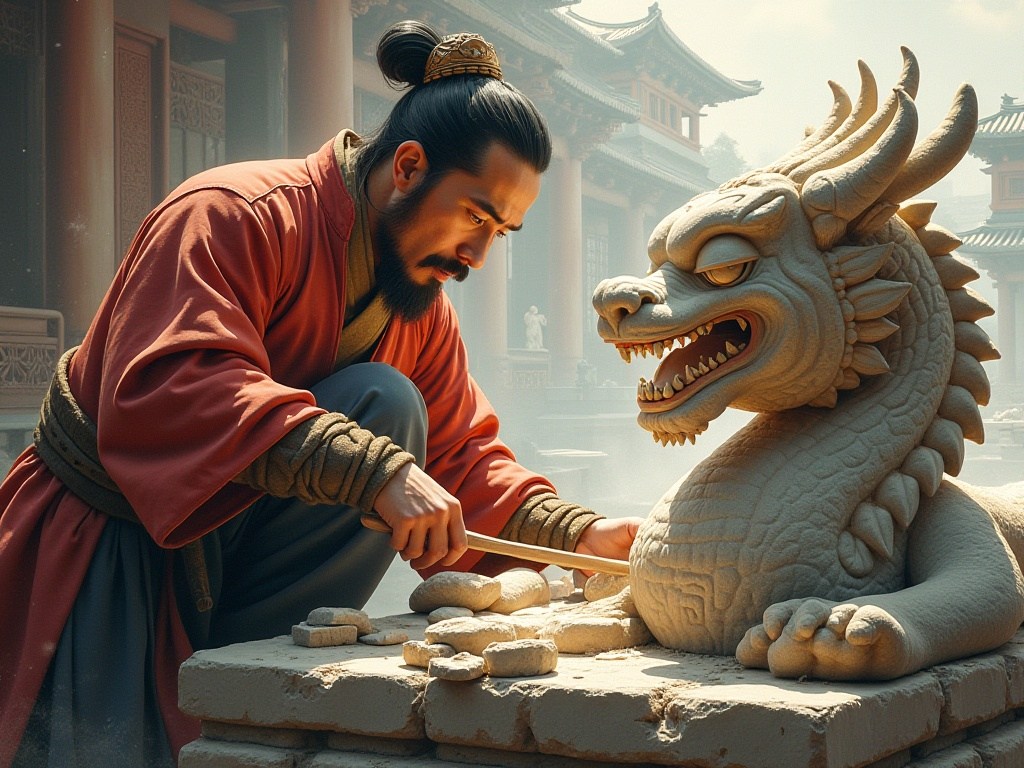
Tourism and Preservation
As a tourist destination, the Mausoleum of the First Qin Emperor attracts thousands of visitors each year. To protect this precious cultural heritage, relevant authorities have implemented various measures, such as limiting the number of visitors, establishing protected areas, and enhancing cultural relic protection technologies. Visitors should follow the guidance of tour guides, respect historical sites, refrain from taking flash photography, and maintain cleanliness and quietness on-site.
By visiting the exhibitions in the Terracotta Army Museum, tourists can gain an in-depth understanding of the history and cultural background of the Mausoleum of the First Qin Emperor. It is recommended to choose an appropriate time to avoid peak crowds and hire a professional guide for more detailed explanations.
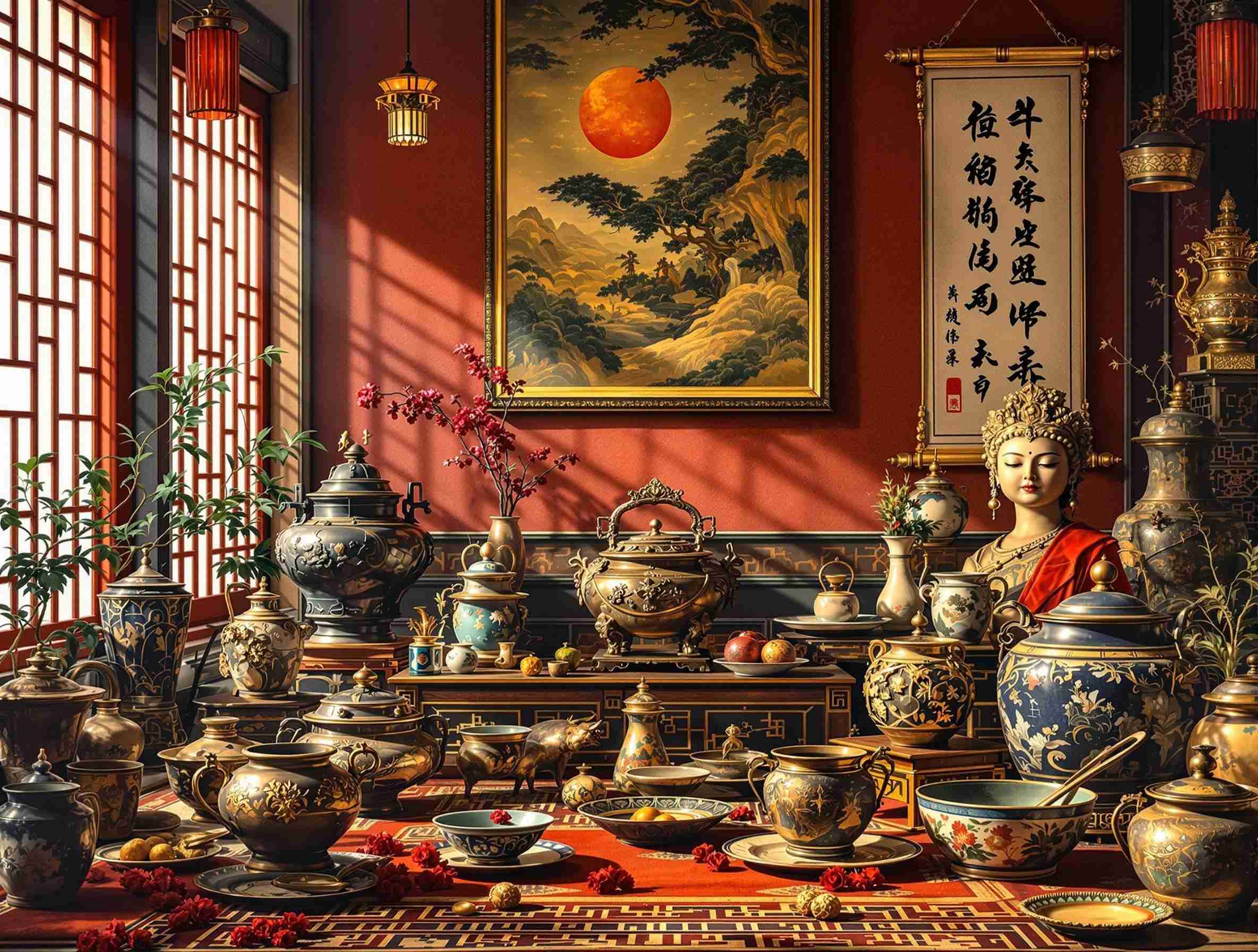
The Mausoleum of the First Qin Emperor is a treasure of Chinese civilization, and its grand scale and exquisite artworks provide a deeper understanding and admiration of the glorious achievements of ancient China. As a historical relic spanning eras, the Mausoleum of the First Qin Emperor is not only a pride of China but also a shared cultural wealth of all humanity. Through the study and preservation of the Mausoleum of the First Qin Emperor, we can better inherit the ancient cultural heritage of China and contribute valuable wisdom and experience to the diversity of world cultures.
